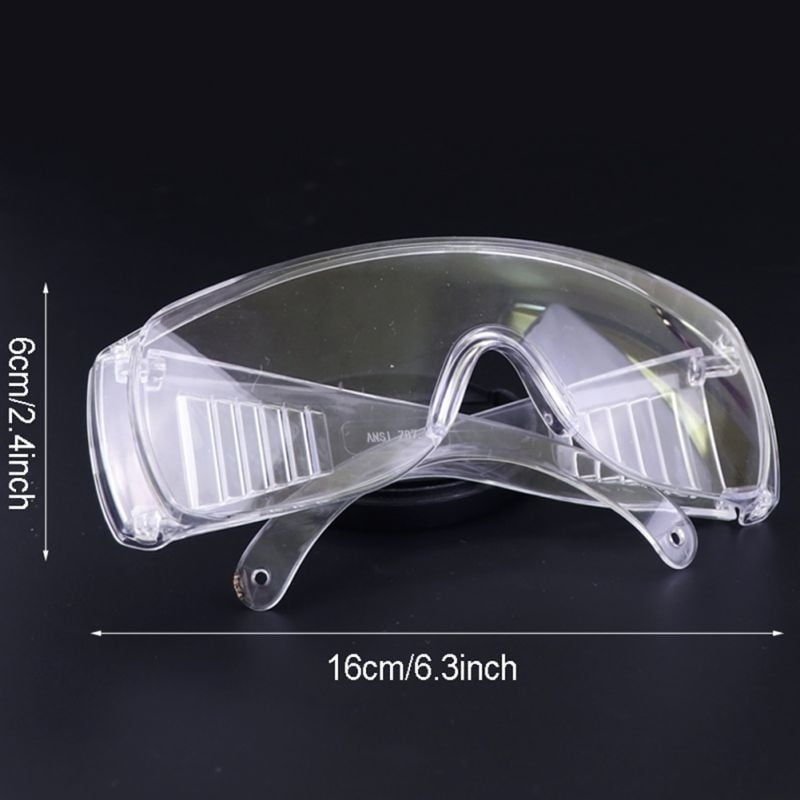

We also back our products with a one-year warranty. Unlike some of our competitors, we always ensure our safety glasses have your back when you need it most. And you might be surprised to learn that this is a crucial step some other safety glasses brands simply don’t take. We verify all our safety glasses are compliant to ANSI impact-resistance and optical standards with strict third-party testing. We’ve never been content to rest on subpar product standards. We were born to challenge the status quo other safety glasses brands clung to. These aren’t cheap polarized sunglasses-they’re impact resistant eyewear built to provide peace of mind in any environment.Įdge began in 1998 with a vision to protect yours. And the Brazeau is an uncompromising staple in our safety eyewear lineup. The Dawson is as feature packed as it is bold and stylish. Our Pumori is a hit among those looking for comfortable glasses with a sporty spirit. Our Zorge leads the way in rich safety glass features at a low price point. Our Kazbek offers smart frame details, flexible construction and a lifestyle design sure to be your next go-to, from the jobsite to the river. But what really sets our line of protective eyewear apart from the rest is our commitment to delivering products you’ll want to wear both on and off the job. What sets Edge safety glasses apart from the competition? It could be our pioneering polarized lenses, or our fog proof technology, or our lifestyle-focused styles. For more information about the current ANSI Z87.1 standards, visit here. Other ANSI lens and frame markings denote features of a safety glass or extra protective functions. However, a “Z87+” mark indicates a high-velocity impact rating. For instance, a “Z87” mark is the basic ANSI impact rating. Each safety glass frame and lens will be marked with the appropriate classification, according to its compliance with the written standard.

Under the Z87.1 section, ANSI has defined a number of classifications of eyewear and personal protective equipment–based on the reasonably expected hazards and testing protocol of each to satisfy the protective needs, according to those risks. The Z87.1 section of ANSI standards outlines the requirements of personal eye and face protection. These requirements, among other things, ensure the safety of the tested equipment, and are enforced by the Occupational Safety and Health Organization (OSHA). The American National Standards Institute (ANSI) is a US organization that writes requirements of equipment used in a wide array of industries. Plus, protecting your eyes from harmful UV rays is critical to avoid macular degeneration and other similar vision-impairing disorders (just make sure your safety glasses block at least 99% of UVA, UVB and UVC rays). It’s important to wear safety glasses because you never know when the unexpected will happen and you don’t want to be another eye-injury statistic. But that’s the hint to the question of why it’s so important to wear safety glasses. The problem is, you never know exactly when you’ll need to wear impact-resistant glasses. When a piece of debris comes flying off your garage project, or a drop of oil or paint falls toward your face, or a tool slips off a fastener and comes for your eye, or any other number of daily hazards strike, you want to know your eyesight is safe behind a pair of ANSI Z87.1-rated glasses. These statistics only underscore the importance of wearing impact-resistant eye protection.

Of the 10,000 daily eye injuries, approximately 2,000 require medical treatment. In fact, you may be surprised to learn that 63% of the 10,000 eye injuries that happen every day in North America happen at home or during recreational activities–according to the CDC and Department of Labor. Whether you’re at work or at home, hazards to your eyesight are ever present.


 0 kommentar(er)
0 kommentar(er)
